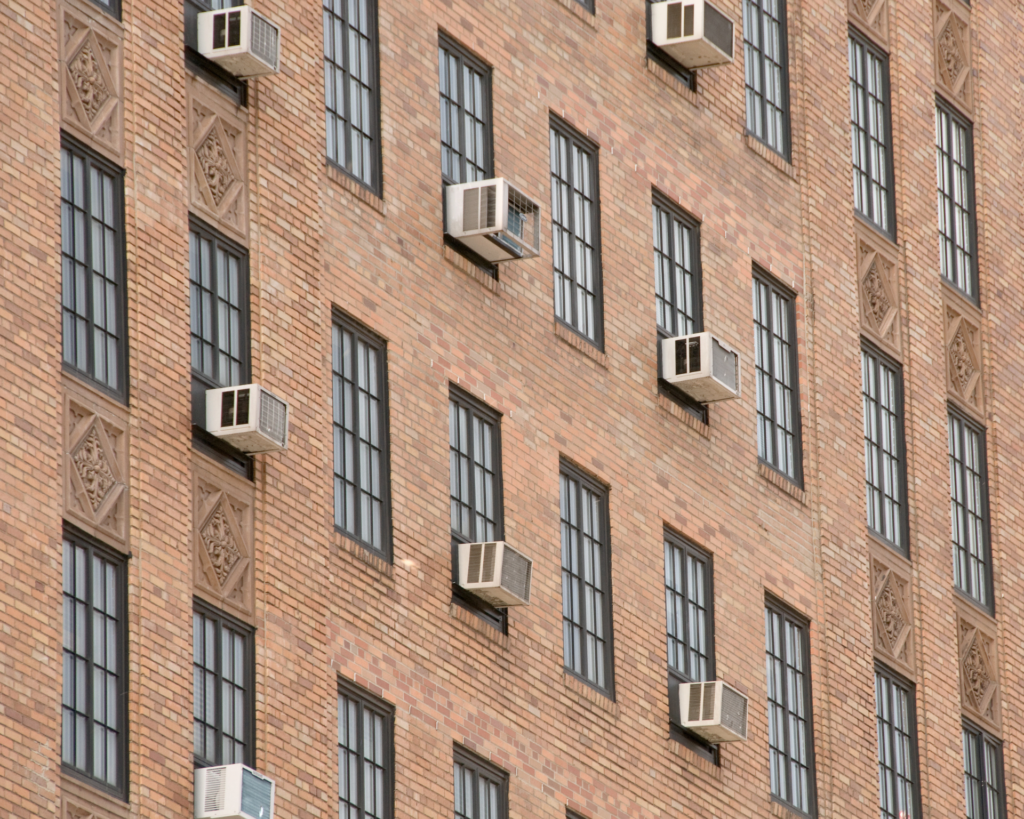Discriminatory Housing Practices and Food Environment Disparities
Researchers analyzed three types of discriminatory housing practices to understand how they interact with one another and the impact they have on food access.

Read Time: 5 minutes
Published:
We know that structural racism has far-reaching and enduring impacts on the built environment of neighborhoods and on the health of the people who live there. Structural racism both contributes to and is compounded by neighborhood disadvantage, the overconcentration of alcohol outlets, the incidence of firearm violence, the unequal redevelopment of urban areas via gentrification, and rates of childhood obesity.
And yet, most of the work being done on this topic is limited in the breadth and depth of what kinds of structural racism are considered and how they are measured. A lot of work winds up leaning back on the singular measure of redlining. This metric is increasingly easy for researchers to analyze now that the University of Richmond’s Mapping Inequality project has created a helpful resource of geographic datasets for every city where these maps were created during the 1930s. Contemporary segregation is also commonly studied based on the well-supported assumption that the racial and socioeconomic composition of a neighborhood influences availability of resources, health risks, and overall wellbeing.
But many other measurable elements of structural racism in the built environment exist. They include blockbusting (or the closely related phenomenon of White flight), urban renewal, interstate highway construction, restrictive covenants, predatory lending, and gentrification. While some of these are lesser known, they may have had big impacts on the trajectory of cities.
Blockbusting was a predatory real estate practice whereby agents would convince entire blocks of primarily White neighborhoods to panic sell their homes, then turn around and resell those homes at a profit to Black families. Urban renewal involved demolishing ‘derelict’ neighborhoods in favor of building often poorly constructed public housing, tourism space, or other forms of development. Interstate highways were run through virtually every major US city, and disproportionately impacted minoritized neighborhoods. Restrictive covenants were a commonly used tactic to prevent the sale of homes to non-White residents, typically prior to the 1968 Fair Housing Act.
Predatory lending is a more contemporary practice whereby Black residents paid higher rates and experienced other less favorable terms on mortgages. Gentrification is also a contemporary practice, and by its definition involves the displacement of existing (typically low-income) populations. It also commonly involves the movement of predominately white populations into previously majority Black neighborhoods.
In 2021, we published an article in Spatial and Spatio-Temporal Epidemiology, analyzing three types of community-level structural racism: redlining, blockbusting, and gentrification. We wanted to understand how they interact with one another and the impact they have on food access.
Food access was worst in blockbusted neighborhoods, both in terms of aggregate number of food stores selling healthy foods and the scores of large grocery stores as compared to other places.
As one might expect, we discovered that gentrification often existed in neighborhoods that were once redlined—essentially because such neighborhoods were ‘ripe’ for redevelopment after decades of neglect. Understanding that redlined neighborhoods could also now be gentrifying is important because it highlights that using only a single measure (such as redlining) may cause researchers to miss important nuance introduced from other measures such as those noted above. For example, a gentrifying neighborhood that was once redlined is going to be characteristically very different from one that is not gentrifying (in other words, likely still in a state of decline or stagnation).
We also discovered that blockbusting and redlining almost never occurred in the same neighborhood. This also makes sense. Whereas blockbusting occurred in previously all-White neighborhoods, redlining was much more commonly found in predominately Black neighborhoods. This finding is important because recent disinvestment in the form of blockbusting may differ in the impact it has on a neighborhood compared to older redlining disinvestment which was outlawed in 1968.
Food access was worst in blockbusted neighborhoods, both in terms of aggregate number of food stores selling healthy foods and the scores of large grocery stores as compared to other places. The reasons for this disparity in food access could be because they have experienced more disinvestment over the last 40 years than long-ago redlined neighborhoods, in addition to being more suburban in nature. We found that gentrifying neighborhoods had the widest variety of affordable, healthy foods. Previously redlined neighborhoods had better access than blockbusted neighborhoods.
Our team continues to explore ways of measuring all of these structural racism-related variables, including topics related to alcohol environments, child mental health, and aging. It is important to identify and study these measures because they could help explain additional reasons for health and behavioral disparities.
Ultimately, the work we’re doing to study impacts of structural racism in our cities is intended to help reshape the policy discussion around urban redevelopment, reparations from historical discrimination, and health equity. Some of the mistakes of the past are slowly being undone. The dismantling of urban freeways has helped cities redevelop newly freed-up land and increase opportunities for active living. Rebuilding demolished neighborhoods has likewise brought affordable new housing stock into the centers of our urban areas. And creating new forms of social capital can help undo the long history of inequality in places scarred by structural racism. This evidence base will help strengthen all of the arguments for doing so.
Photo via Getty Images



